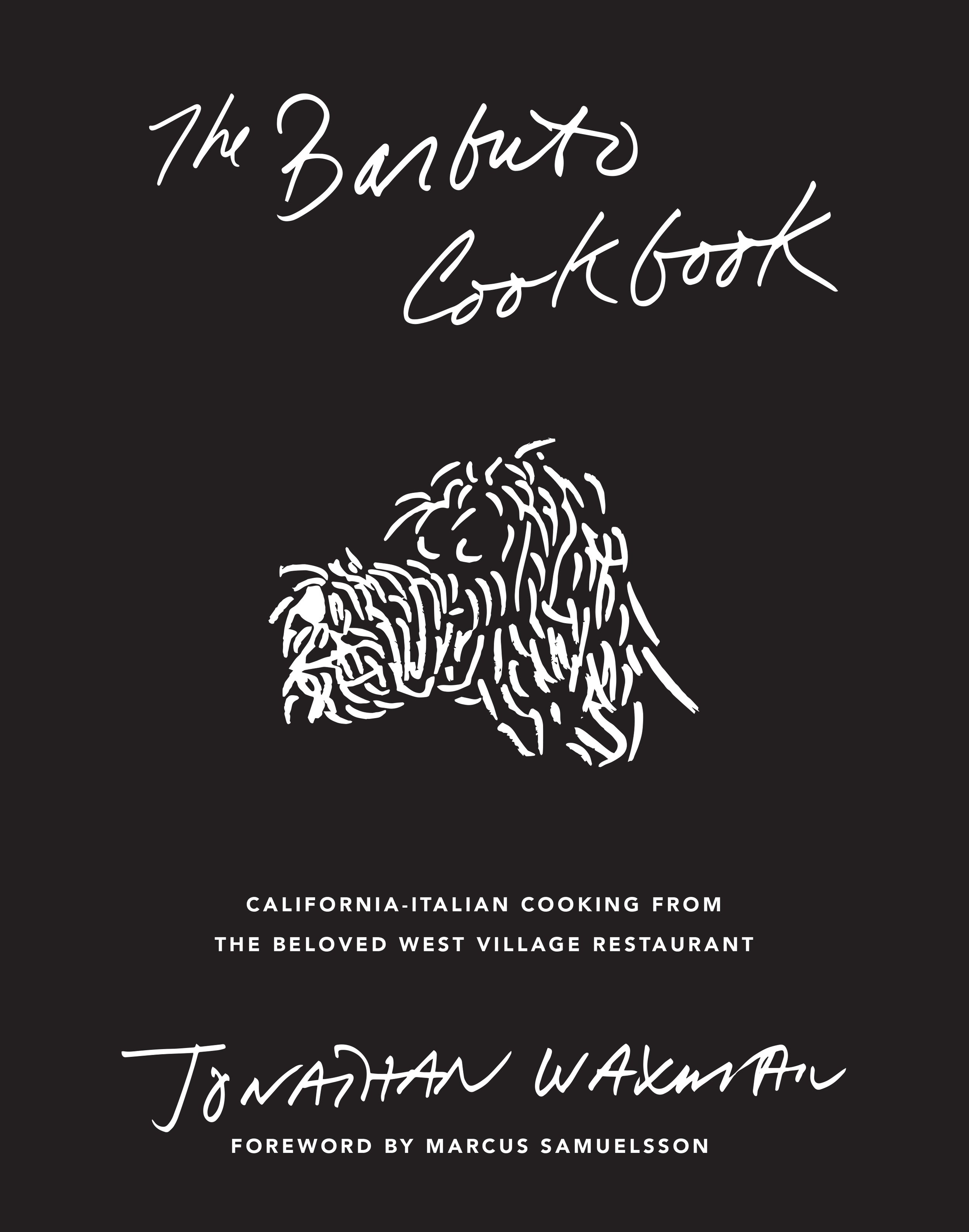Advertisement
The Barbuto Cookbook: Defining Cal-Ital Cooking
2 August 2022 · Discover ckbk · Regional cooking
By Susan Low
New to ckbk is The Barbuto Cookbook, written by Jonathan Waxman, the renowned chef-owner of Barbuto restaurant in the West Village of Manhattan. The recipes in the book, like the cooking at the restaurant, are dedicated to California-Italian cooking – and the book is filled with dishes that exude the soul of Italy.
Waxman, a leading advocate of Cal-Ital cooking, grew up near Berkeley in California. In 1970 he gave up his career as a professional trombonist to train as a chef and enrolled in La Varenne cooking school in France to learn the ropes. When he returned to California, he landed a job working with the legendary Alice Waters at Chez Panisse before opening Jams restaurant in New York City, taking his West Coast style of cooking with him.
Defining Cal-Ital
But what exactly is Cal-Ital cooking? No surprises that it’s a melding of Italian and Californian cuisines (the name is a bit of a giveaway…). But let’s be more specific. It’s a style of food that can be traced back to some of the earliest immigrants to the US from Italy in the 19th century.
As Andrew F. Smith writes in the Oxford Encyclopedia of Food and Drink in America, “The first lasting Italian-American communities were founded by northerners in the 19th century. … The largest groups, including some Italian-speaking Swiss and Croatians, settled in northern California, where they were involved in the early Napa Valley wineries, the San Francisco fishing fleet, and the developing agriculture of a Mediterranean-climate region in which they could grow artichokes, cardoons, olive trees, and familiar herbs.”
The crops these immigrants established became an essential part of California’s cooking landscape – and the grapevines they planted would eventually turn Napa and Sonoma into wine regions that could outshine their Italian and French forebears. Italian-American winemaking families, including the Mondavis, Gallos, and Sebastianis, helped to establish winemaking in the region. Their influence continues to this day.
Likewise, what’s become known as Cal-Ital cooking is still based on these Mediterranean ingredients brought by 19th-century immigrants. At its heart, Cal-Ital is all about simplicity, with a regard for quality ingredients that are allowed to speak for themselves. Seasonality is key, too – as is enjoying a good meal with good wine.
The 20th-century wave
The next wave of immigration from Italy to the US came in the early part of the 20th century. People escaping the poverty of the south, Naples and Sicily in particular, found their way across the Atlantic, settling in urban centers across the US, establishing ‘Little Italy’ communities as they did so.
Their arrival would forever change the face of what we now think of as ‘American’ food. As Andrew F. Smith writes: “Among the six largest ethnic groups in modern America, Italian Americans were the last to arrive in substantial numbers, had the most difficult transition from rural to urban life, faced a great deal of discrimination as immigrants, retained the most of their traditional foodways, and have the most popular ethnic cuisine by every measure: restaurant meals, supermarket sales, published cookbooks, and recipes in contributed cookbooks.”
The southern Italian influence on Italian-American food is characterized by the use of lashings of tomato-based red sauce, dried pasta, and, of course, pizza of all sorts. Popularized in affordable Italian-run restaurants, this style of cooking soon conquered the nation. Just try to imagine ‘American’ food without pizza, spaghetti and meatballs, baked lasagne, gelato, tiramisu…

It’s impossible to imagine what we now think of as American food without pizza, such as this recipe for Asparagus Pizza.
Jonathan Waxman and Cal-Ital
The roots of Cal-Ital cooking go right back to the 19th century, but the melding of the Old and New Worlds on the Golden State’s dinnerplates has never gone out of fashion. But, while Waxman namechecks Cal-Ital specifically, The Barbuto Cookbook actually features Italian-American recipes from across the US, and the whole of Italy.
Despite the ubiquity of Italian-American fare, regional differences nonetheless remain. On the East Coast, Italian-style sandwiches, originally based on workers’ lunches and called grinders, hoagies, or subs, depending on which city you’re in – are hugely popular. In New Orleans, the Italian-American sandwich of choice is the Muffuletta. Chicago, meanwhile, has its signature deep-dish pizza.
The recipes in The Barbuto Cookbook reflect this diversity. From the San Francisco Bay area comes Cioppino, a seafood stew that bears a striking resemblance to Ligurian ciuppin, from which it is believed to originate, and which was first made by Italian immigrants who worked as fishermen in the San Francisco Bay area (they made the stew from whatever was left over after the main catch was sold).
From the East Coast comes Meatballs and Polenta from Waxman’s pal Joey Campanero, who was born and bred in South Philadelphia, as well as the incomparable Clam Pizza from Pepe’s Pizza restaurant in New Haven, Connecticut – without doubt one of the best pizzerias in the country. Bucatini All’Amatriciana, meanwhile, is straight out of Lazio and Pasta Bolognese has Emilia-Romagna written all over it.
Barbuto is so much more than a typical restaurant book. As well as lending insight into the making of this iconic West Village restaurant, it gives readers an edible account of contemporary Italian-American cooking.
Try some of the most popular recipes from The Barbuto Cookbook
More features from ckbk
Summer herb sauces demystified, from salsa verde to chermoula.
The important culinary role played by this landmark London restaurant.
A behind-the-scenes look at the making of London’s first gastropub.
Sign up for ckbk's weekly email newsletter
Advertisement






